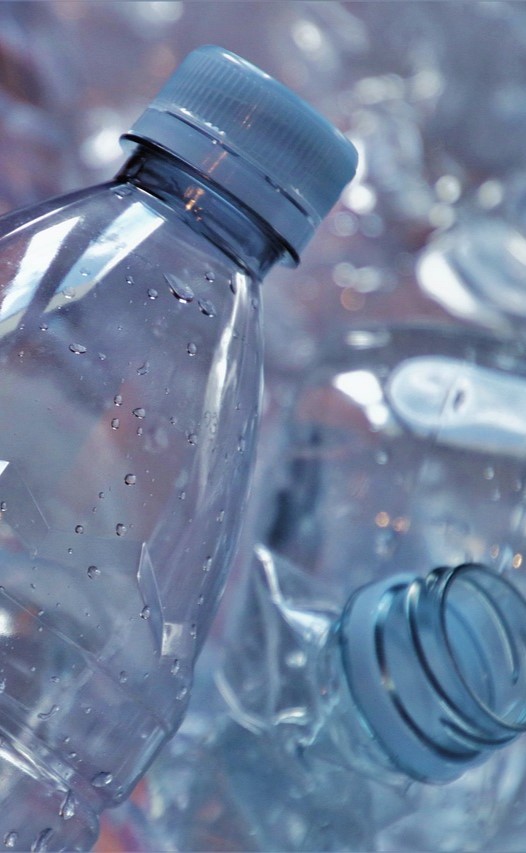What REALLY are Bioplastics?

Introduction:
In recent years, the global push for sustainable alternatives has led to the increased popularity of bioplastics. Marketed as eco-friendly and biodegradable, these materials are often perceived as a ray of hope in addressing the environmental issues associated with traditional plastics. However, a closer examination reveals that the term “bioplastics” might be misleading, as not all bioplastics are as environmentally friendly as they seem.
Bioplastics are a diverse group of materials derived from renewable sources, such as corn starch, sugarcane, algae or even CO2. They are often categorized into two main types: bio-based and biodegradable. Bio-based plastics are made from organic materials, while biodegradable plastics have the ability to break down into natural substances under specific conditions.


The Bio-Based Confusion:
One common misconception is associating the term “bioplastics” solely with environmental friendliness. While bio-based plastics indeed reduce reliance on fossil fuels, they don’t necessarily guarantee biodegradability. Some bio-based plastics still share similar characteristics with traditional plastics, leading to persistent environmental issues.
For example, bio-based polyethylene, derived from sugarcane, has the same chemical structure as traditional polyethylene. This means that, despite being sourced from renewable materials, it may not readily break down in the environment and could persist for an extended period, contributing to pollution.

Biodegradability Challenges:

The Role of Additives:
To enhance the biodegradability of bioplastics, manufacturers often incorporate additives. However, these additives can raise concerns regarding the release of microplastics and other potentially harmful substances during the degradation process. The unintended consequences of these additives highlight the need for comprehensive research and regulatory oversight in the development and use of bioplastics.
While bioplastics may offer a partial solution to the environmental challenges posed by traditional plastics, it is crucial to approach them with a discerning eye. The term “bioplastics” should not be taken at face value, as not all these materials align with the eco-friendly image they portray.
A more holistic approach to addressing plastic pollution involves reducing overall plastic consumption, improving recycling infrastructure, and investing in research and development of truly sustainable materials. As the world continues its quest for environmentally friendly alternatives, a critical evaluation of bioplastics is necessary to ensure that their benefits outweigh their potential drawbacks in the ongoing fight against plastic pollution.

